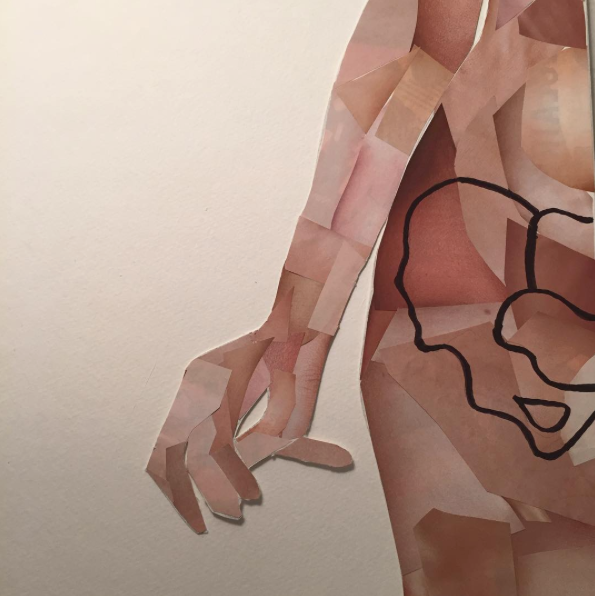All About Endometriosis: Stats & Facts from the Endo Foundation

Ever wonder why it seems like your period is worse than your friends’ or family members’? Why is it so much easier for others to deal with that time of the month? Does your period make you miss out on school, sports, career, relationships or social events? You could be living with endometriosis. Learn more about the condition from our friends at The Endometriosis Foundation of America.
Endometr-huh?!
Endometriosis
Do I have endometriosis?
There are many symptoms of endo, but not everyone will experience all, most or even any of the symptoms. Some women may suffer no pain. Others may have a few symptoms to start with and develop others throughout their reproductive years. This why visiting a doctor and tracking your symptoms and your periods is so important. Keeping a record of your symptom patterns, evolution, and severity can help your doctor better understand how endometriosis is affecting you.
How do I treat it?
Endometriosis is a progressive chronic pain condition that usually worsens over time. This is why it’s really important to speak to a doctor if you think your period is not normal. If diagnosed early, endo symptoms can be managed. Often the pain can be managed and the tissue growth can be slowed. Treatment varies patient to patient since endometriosis expresses itself quite differently in every body. There are surgical and non-surgical options, both which come with pros and cons. An informed decision should be made, with your doctor, and based on your individual situation.
Is there a cure?
It is important to remember there is no cure for endometriosis, and that everyone’s treatment plan looks different. What may work for one woman may not work for another. It is crucial to pay close attention to your specific symptoms and what does or does not exacerbate them. Living with a chronic pain condition can be overwhelming, but please remember that you are not alone.
You are not alone!
You can find support groups online and maybe even in your hometown. A quick Facebook or Twitter search of “endometriosis” will connect you to an entire online community who understand your daily struggles, frustrations, and concerns. Each patient must find what works best for her when learning to live with endometriosis. Finding the right specialist and taking time to listen to and rest your body are a great place to start!
We’ll be sharing more info on endometriosis symptoms and treatment options in the coming weeks, so stay tuned.
0 comments